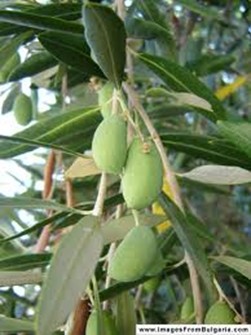In a well-deserved cultural change, the work of farming has (re)gained the respect we owe to those who literally keep us alive. And farming doesn’t seem as distant as it once did. Urban farming has been catching on for a decade or more, in cities and towns across the country. Rooftops, back yards, and patches of public land are now producing fruits and vegetables. Having made small attempts to grow tomatoes and legumes, I can attest that there’s a wealth of knowledge required, as well as patience and resilience.
The consistent boom in the organic food marketplace has been another source of interest in farming. Unlike the huge industrial growing establishments that douse land with pesticides (and all those other chemicals you know about), organic fruits and vegetables are often grown in small family farms, and journalists have in the last decade profiled numerous creative individuals and couples who are growing organically. The local food movement is a third ray in the spotlight of attention farmers are now getting, as we meet growers at farmers’ markets and roadside stands.
If you want to become a farmer, there are many helpful resources, for instance on the USDA website. Go here to read about what Christopher Weber calls “farm incubators” – university extensions, government programs, and non-profit organizations that train and support young people and also immigrants who were farmers in their countries of origin.
Weber calls his article “Boot Camp for Farmers” and the wordplay is quite appropriate. As I’ve reported before, returning war veterans are finding that farming is an open economic niche – quite a welcome change from the difficulty many of them have in finding post-military jobs. Beth Buczynski highlights a program called Veterans Sustainable Agriculture Training (VSAT), where vets can learn a new career and find healing in the rhythm of the land. It’s no accident that the ancient term for peace-making is ”turning swords into plowshares.”



